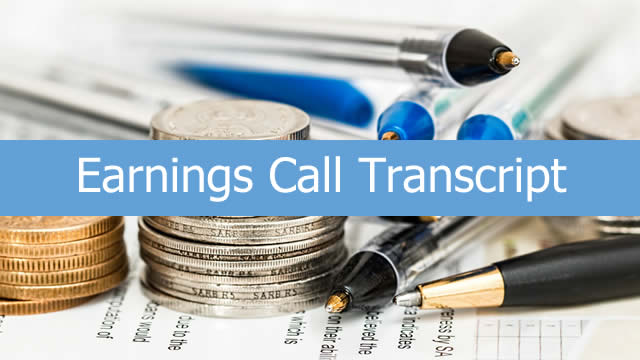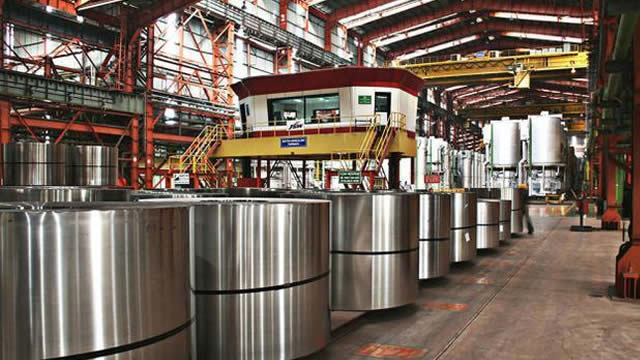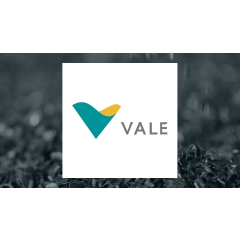
VALE
Vale S.A.
$12.69
0.08
(0.63%)
| Exchange: | |
| Market Cap: | 54.171B |
| Shares Outstanding: | 4.619B |
About The Company
| Sector: | Basic Materials | |||||
| Industry: | Industrial Materials | |||||
| CEO: | Gustavo Duarte Pimenta | |||||
| Full Time Employees: | 64616 | |||||
| Address: |
|
|||||
| Website: | https://www.vale.com |
Vale S.A., together with its subsidiaries, produces and sells iron ore, iron ore pellets, nickel, and copper in Brazil and internationally. The company operates through Iron Solutions and Energy Transition Materials segments. The Iron Solutions segment produces and extracts iron ore and pellets, and other ferrous products; and provides related logistic services. The Energy Transition Materials segment produces and extracts nickel; and its by-products, such as gold, silver, cobalt, precious metals, and others, as well as copper used in the construction sector to produce pipes and electrical wires. The company was formerly known as Companhia Vale do Rio Doce and changed its name to Vale S.A. in May 2009. Vale S.A. was founded in 1942 and is headquartered in Rio De Janeiro, Brazil.
Click to read more…
Revenue Segmentation
EPS
Earnings Call
Income Statement
(* All numbers are in thousands)
Balance Sheet
(* All numbers are in thousands)
Cash Flow Statement
(* All numbers are in thousands)
Analyst Estimates
(* All numbers are in thousands)







